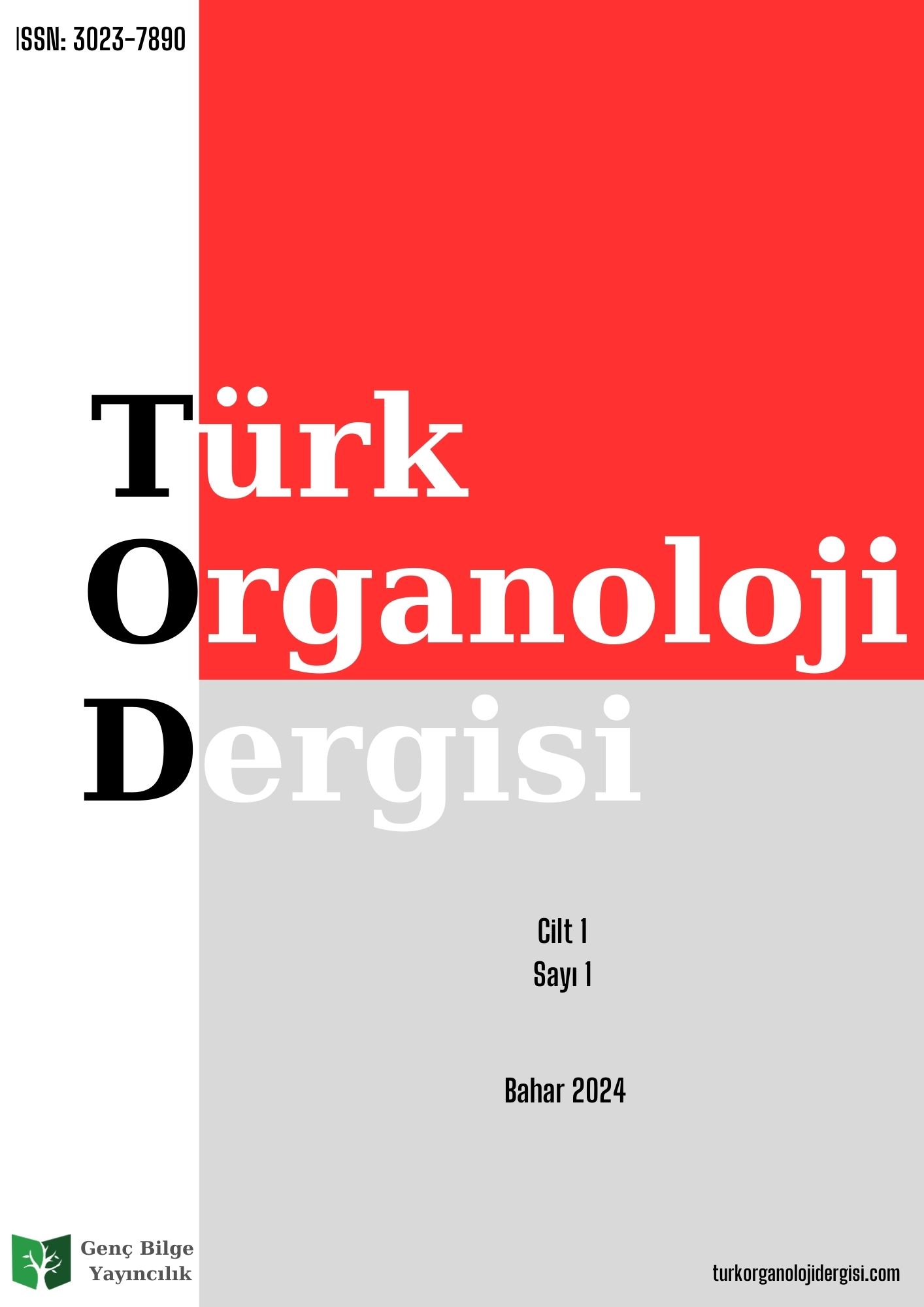Principles of morphology and ergology development in Azerbaijani folk musical instruments
DOI:
https://doi.org/10.5281/zenodo.11193877Keywords:
Azerbaijani Music, Kemenche, Musical Instruments, Tar, OudAbstract
In modern Azerbaijani musicology, the study and learning of ethnoorganology, emphasizing its characteristic features, is of great importance. Specifically, examining the morphology of folk music instruments, discovering certain features related to these instruments, and illuminating their performance characteristics are increasing interest in this field today. Changes in all fields require a new approach to the study of instruments. The real novelty of the research is the investigation of the usage of folk music instruments in the modern era and their places and significance in the music world, despite the repeated research and learning in this field. The aim of this study is to illuminate the origins and formation of Azerbaijani folk music instruments and to identify their unique characteristics. The main problem of the study has been identified as follows: to determine the origin, formation, history, etymology, timbre characteristics, and other characteristic features of Azerbaijani folk music instruments; to illuminate the structures, forms, and restoration of national folk music instruments; to investigate the inclusion and use of folk music instruments in professional music; to emphasize the role and importance of wind instruments included in the research in the development of our national music. During the research, references were made to studies, books, and course materials in this field, and photographs of the instruments were added to the article to show their structures and forms. The research reveals that the formation of musical instruments and their current forms encompass a long process. Although the initial forms of many folk music instruments have changed during the restoration and development process, some instruments have gradually fallen out of use and been replaced with new ones because they could not respond to constantly renewed social and aesthetic demands. The necessity of reshaping performance art tools in a renewed form is created. Thus, folk music instruments are presented in a newer form, moving away from their original morphologies. However, it should also be emphasized that it is not possible to determine the diversity and technical level of musical instruments within any framework. In the future, researchers may learn the morphology and ergology of other musical instruments, determining their forms and structures, roles in the orchestra, and significance in education.
Downloads
Published
Issue
Section
License
Copyright (c) 2024 Journal of Turkish Organology

This work is licensed under a Creative Commons Attribution-NonCommercial-NoDerivatives 4.0 International License.




